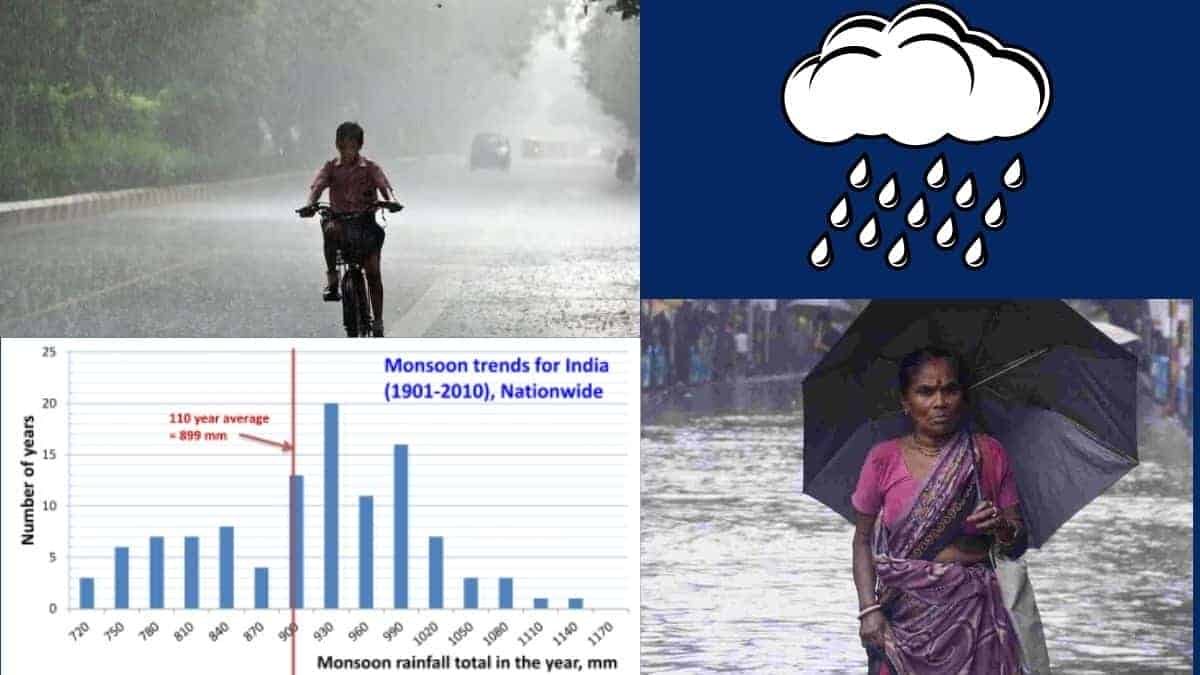South India got the highest monsoon since 1901, says IMD
 google
google
The India Meteorological Department (IMD) Saturday declared that as the rainfall associated with the northeast monsoon came to an end, south India had received 579.1mm rain, the highest since 1901.
The northeast monsoon is confined to south India and brings rainfall from October to December over Tamil Nadu, Puducherry, Karaikal, Yanam, Andhra Pradesh, Kerala, Mahe and south interior Karnataka. It is also known as the winter monsoon, the associated rainfall is caused by low-pressure systems, excavations and also windstorms. At this time the rainy season is at its peak in Tamil Naidu, which receives 48 per cent (447.4 mm) of its annual rain during these three months.
The October-December 2021 season was a historically watery one, with south India recording a whopping 171 per cent surplus rainfall–579.1mm, the highest ever since 1901, as per the Statement of Annual Climate of India 2021, released by the IMD.
It has been caused by an increase in global average temperature and global warming. Also due to climate change, there is definitely a rising frequency of extreme weather events around the year. But these specific occurrences of heavy to very heavy rains that we are seeing right now can be attributed to the formation of low-pressure systems. Whenever there is a low-pressure system, depending on its strength, it results in heavy to very heavy rainfall activity. In addition, when a low-pressure system interacts with western disturbance, further intense rainfall occurs.


